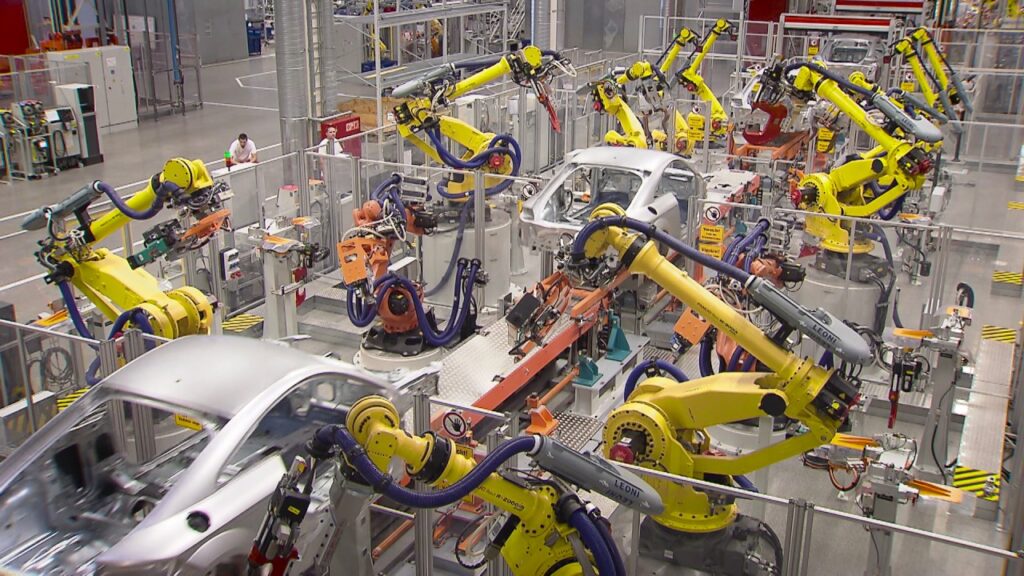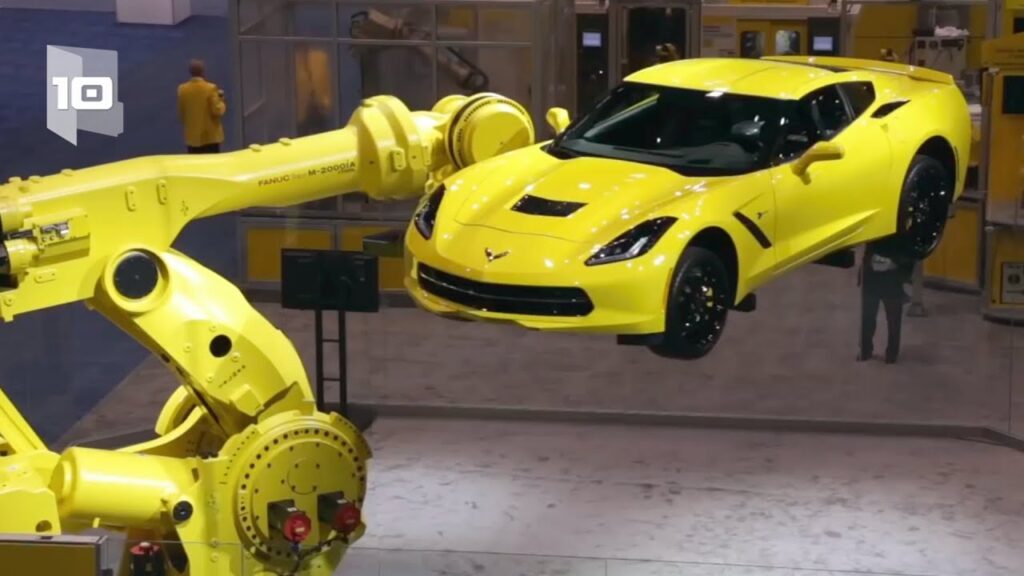When it comes to the world of automation, industrial robots play a crucial role. These robotic machines have transformed various industries with their efficiency, precision, and versatility. In this article, we will delve into the different types of industrial robots and their applications, shedding light on their significance in modern-day manufacturing processes.
Industrial robots have come a long way since their inception. With advancements in technology, we now have a wide range of robots tailored for specific tasks and industries. One of the first types of industrial robots is the articulated robot. This robot consists of a series of rotary joints, allowing it to mimic the movements of a human arm. Articulated robots are widely used in industries such as automotive manufacturing, welding, and even in delicate tasks like medical surgeries.
Another popular type of industrial robot is the SCARA robot, which stands for Selective Compliance Assembly Robot Arm. SCARA robots are known for their high speed and accuracy, making them ideal for assembly line tasks such as picking, placing, and packaging. These robots are commonly found in the electronics industry, where they facilitate the production of devices like smartphones and computers.
Next up, we have the Cartesian robot, also known as the gantry robot. This type of robot operates on a three-axis system and is widely used for tasks that require repetitive movements in a fixed workspace. Cartesian robots are commonly utilized in industries such as packaging, material handling, and even in the food and beverage sector. Their precise movements and consistent performance make them invaluable assets for businesses aiming to streamline their operations.
Parallel robots, on the other hand, are designed for tasks that require high speed and acceleration. These robots have a unique structure, with multiple arms connected to a fixed base. Parallel robots are commonly seen in applications like CNC machining, 3D printing, and even in flight simulators. Their ability to handle heavy loads while maintaining stability and speed makes them indispensable in industries that demand precision and efficiency.
Collaborative robots, or cobots, have gained significant popularity in recent years. Unlike traditional industrial robots, cobots are designed to work alongside humans, sharing workspace and tasks. These robots are equipped with advanced sensors and safety features to ensure the well-being of human workers. Cobots are commonly used in industries such as logistics, healthcare, and even in small-scale manufacturing setups. Their ability to assist workers in repetitive or physically demanding tasks has revolutionized the concept of human-robot collaboration.
Lastly, we have mobile robots, which are designed to operate autonomously in dynamic environments. These robots are equipped with sensors and mapping capabilities, allowing them to navigate and perform tasks in various settings. Mobile robots are commonly used in industries such as warehousing, agriculture, and even in the healthcare sector. Their versatility and adaptability make them invaluable for businesses aiming to optimize their operations.
In conclusion, industrial robots have become indispensable assets in various industries, revolutionizing manufacturing processes and enhancing productivity. From articulated robots to collaborative robots, each type has its own unique capabilities and applications. As technology continues to advance, we can expect to see even more innovative and efficient robots in the future. The field of robotics holds immense potential, and it is fascinating to witness the impact of these machines in shaping the future of industries worldwide.
Industrial Robot
Discovering the Many Applications of Industrial Robotics or Unveiling the Varied Types of Industrial Robots & Their Roles


